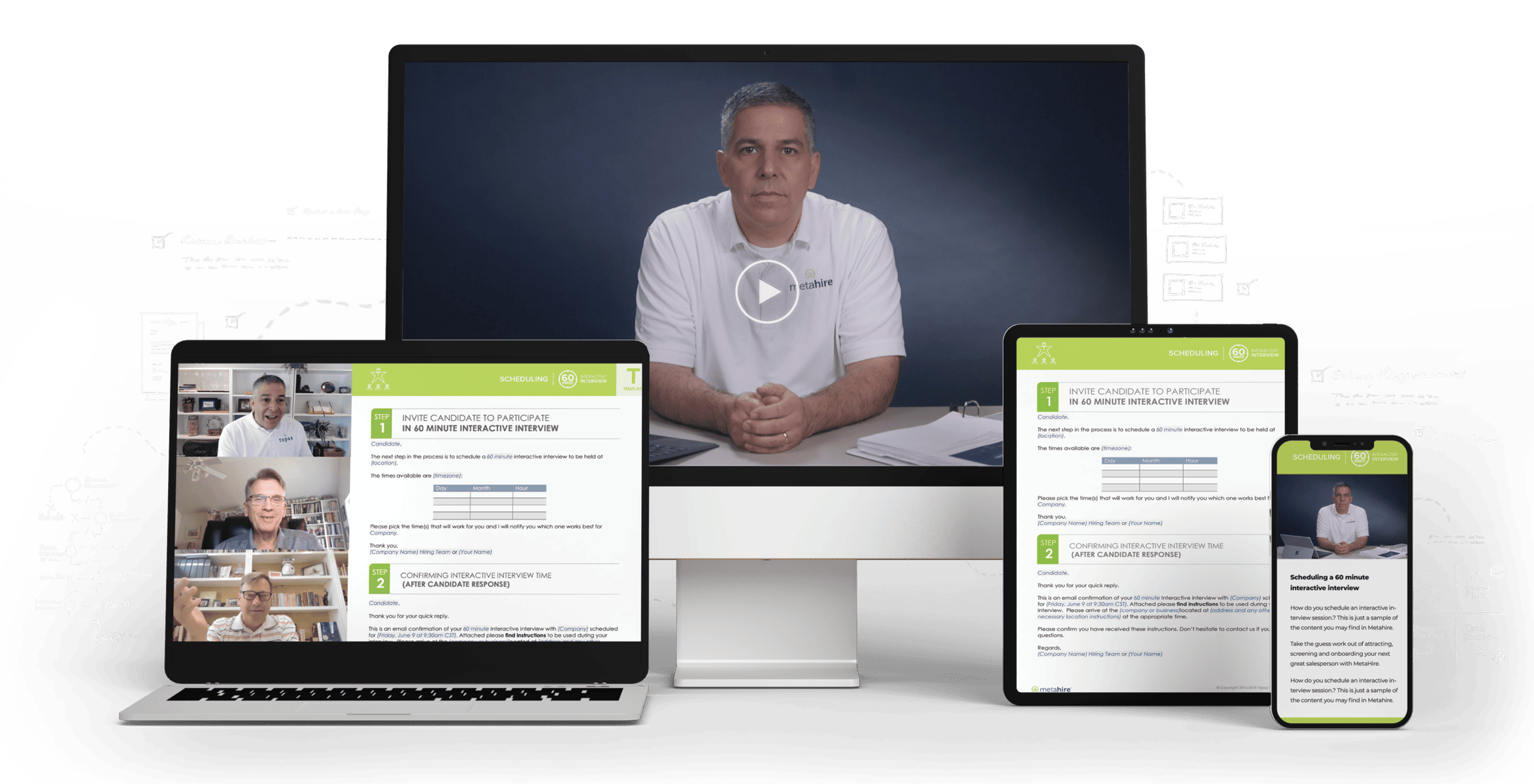Chasing quick wins in sales can feel like a success, but it’s a trap.
We see it all the time with prospects and clients. Salespeople fall into the short-term gain pit, focusing on quick transactions and overlooking the real gold — long-term outcomes.
From our perspective, the better strategy is playing the long game in sales. Why? The best sales success stories are typically rooted in a great partnership, excellent communication, and trust — and building trust takes time, effort, and consistency.
What do you think? Should you prioritize short-term gains to make a quick buck? Or should you emphasize pain discovery and long-term execution to earn repeat and referral business?
Forget conventional wisdom or what “traditional” sales strategies suggest you’re supposed to do. We’re here to tell you the truth about what it’s like to be an effective modern salesperson, so keep reading to learn why prioritizing long-term outcomes is essential for sustainable success.
Short-Term vs. Long-Term Gains
Your focus can define your trajectory.
Do you zero in on the immediate horizon or set your sights on the distant future? Let’s break down the benefits and consequences of prioritizing short-term versus long-term gains.
Short-Term Gains: The Immediate Gratification Trap
It’s easy to get seduced by the allure of immediate results. The pressure to deliver now is immense in a world where quarterly targets and monthly KPIs dominate.
But here’s the catch: focusing solely on short-term gains is like running on a treadmill. You’re moving, but are you really going anywhere?
This approach often leads to a transactional mindset. You close a deal, hit a target, and move on.
But what’s missing? Depth.
You’re scratching the surface without planting seeds for future growth. It’s a one-and-done deal, not a sustainable relationship that you can evolve.
How can you truly become a sales expert if you’re only focused on quick closes? If that’s your M.O., you’re missing the point.
Long-Term Strategy: Building Foundations for Future Success
Now, let’s talk about playing the long game in sales.
Patience is one thing, but to masterfully execute a long-term sales strategy, you need foresight and should be prepared to anticipate and meet your customer’s needs.
Long-term thinking in sales means investing time in understanding your customer’s pain, their business challenges, and how they envision success.
Becoming a trusted advisor rather than just a vendor is also a major part of the equation.
This involves pain discovery through asking (sometimes tough but necessary) questions, offering tailored solutions, and nurturing a relationship beyond the initial sale. The result is more meaningful connections, improved trust, and a customer who sees you as a partner in their success. That’s true Buyer Facilitation.
So, what’s the bottom line? It’s about balance.
Smart sales strategy recognizes the need for short-term wins to keep up the momentum (and, admittedly, the numbers), but it anchors itself in the vision of long-term relationships and sustained growth.
How to Integrate Short-Term Wins with Your Long-Term Strategy
Not every customer wants to think as long-term as you might wish to, so it’s not a bad idea to prepare for both scenarios. Here are some tips on how you can integrate short-term wins with your long-term strategy:
1. Align Short-Term Objectives with Long-Term Vision: Ensure your immediate objectives are steps towards your larger goals. Every quick win should contribute meaningfully to your overarching strategy, so even if you can’t turn a transaction into a long-term relationship, at least apply what you gained from the experience toward your next prospecting attempt or customer interaction.
2. Use Short-Term Wins as Learning Opportunities: Treat each short-term success as a chance to gather insights on producing better results next time. Analyze what worked and could’ve improved, and apply these lessons to adapt and refine your long-term approach to market changes and customer feedback.
3. Develop Adaptive Strategies: Flexibility is crucial. Craft strategies that allow for immediate responses to market trends while staying true to your long-term vision. Flexibility enables you to capitalize on short-term opportunities without losing sight of your end goals, and your customers will appreciate the tailored approach you bring to the table.
4. Foster Lasting Customer Relationships: Look beyond the transaction. Use short-term interactions to demonstrate your expertise and to build trust and understanding, laying the groundwork for long-term partnerships. This approach turns single sales into ongoing relationships, referrals, and testimonials — all worth far more than one-off deals.
5. Regularly Review and Adjust: Continuously assess your short-term and long-term strategies. Be prepared to adjust based on performance, market shifts, and customer feedback, ensuring that both aspects of your strategy remain aligned and effective.
By integrating these practices, you can ensure that your short-term gains feed into and strengthen your long-term strategy, creating a cohesive and dynamic sales approach that delivers sustained success.

The Takeaway
In the end, being an effective and innovative sales leader comes down to more than just chasing immediate wins. It’s about striving persistently for long-lasting relationships that foster steady growth and mutual prosperity.
We can’t forget that the real magic of sales is becoming a reliable ally to your clients, comprehending their pain points, and co-creating a roadmap to success with them.
Ultimately, it all boils down to creating enduring connections and adaptable strategies instead of solely focusing on closing deals.
The path can be demanding, but striking the right balance between short-term victories and a sustainable vision makes the journey truly rewarding.
Keep your feet firmly planted in commitment, versatility, and, above all, in ensuring your clients’ success as fervently as your own. After all, you share a common goal. Their success ultimately translates to yours.







